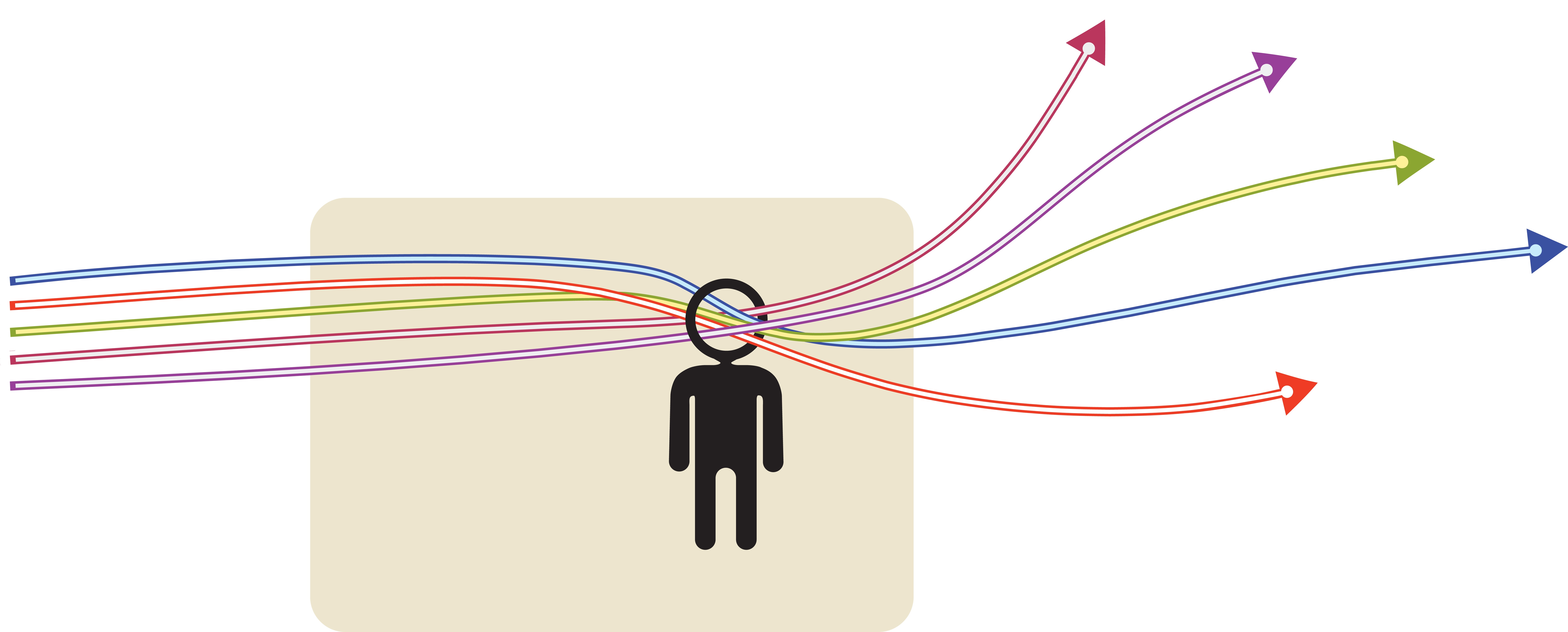Each individual’s network is critical to business success. More and more research is showing that who you know and how you transfer information can make the biggest impact; not just in defining your career, but in aiding in the performance of organizations as well.
So how can you assist your employees in strategically growing and intelligently deepening their networks?
First let’s look at the common pitfalls within the strategic networks landscape:
Business Intelligence & Strategy
- Company and market data is examined leveraging experienced consultants as well as BI tools like Datahero and Domo
- Pitfall: Little to no employee-to-employee or employee-to-customer/prospect analysis
HR & Learning/Development
- Comprehensive suites from Workday/Oracle help track employees
- Pitfall: They fall short of identifying, highlighting and analyzing how employees can actually be connected
Sales and Service
- New CRM solutions are seemingly released daily, and while Salesforce is clearly the category leader, especially now with their Ai Einstein offering, some of the smaller players are getting increasingly creative to solve sales and service challenges. Chat-bots are all the rage, but this is just the start of Ai sales and service enablement.
- Pitfall: None of these offer a comprehensive solution to complete the circuit of connecting employees and customers beyond the product or service. The Microsoft, LinkedIn, Volometrix combo could be promising, but has a long ways to go!
Management
- Hierarchies define management circles; especially at the top. There are tools solely focused on tracking golf courses completed and miles travelled together. ‘Members’ of these circles also tend to get invited to conference and speaking gigs together as leaders in their fields
- Pitfall: Probably obvious but this insular community of like-minded ‘friends’ is at huge risk of succumbing to group-think and becoming an echo-chamber (perhaps this is the reason so many big companies are so slow and fail at such rapid rates in our real time economy)
Understanding the opportunities and their pitfalls, let’s look at how can networks play a role in helping to bridge these gaps:
BI&Strat
Take a look at your products and services, how many of them are complimentary? If you are online looking at products, every e-commerce site shows you other products that you might want. But offline, is anyone helping you with business connections that can help you cross sell and up-sell your offering?
HR/L&D
Smart companies are using advanced tools to help with recruiting and even predicting the likelihood of when employees are going to leave. But everyone knows that it is the managers that make all the difference in on-boarding and helping employees. Why aren’t we creating intelligent teams of people who are predisposed to working well together and helping each other, as opposed to leaving the team dynamics to necessity or biased gut-based placements?
Similarly, billions is spent on L&D, but most people forget the content shared during these sessions within a few days (or few minutes for me). However relationships that are developed during this programing can last a lifetime, or at minimum immediately impact business decisions and career choices. Less than 1% of 1% of companies are focused on the employee’s networks as part of their Learning and Development curriculum... yet your organization’s talent and their connections are one of your greatest assets.
Sales & Service
While mass communication is a necessary component of your business, how are you working to best connect your salesperson with each type of customer ? Are you integrating service experts with sales for the right challenge and feature development? And I don’t mean just putting a few people in a room to brainstorm problems or solutions. I mean targeted individuals learning and working together to keep customers happy. The results speak for themselves as leading edge companies that are bringing in the customers to be part of the ‘sausage making’ process have seen impressive gains.
Management
How much of your employee’s time is spent on email versus face-to-face discussions? When all your execs get together in hotel ballrooms, how many people venture outside of their circle to talk to others? And for those that do, how much of that face time is spent discussing sports or other benign small-talk topics -- weather, how busy they are, etc? Management can now examine employees relationships to ensure the right employees are meeting the right other employees to increase performance across the board.
There is an open source movement starting, much like that of Agile in the 90’s, called People Science. This differs from People Analytics, which is well established practice of analyzing the employee as an individual, but has nothing to do with the connectivity of people, helping us all to to achieve more.
How are you using strategic networks to help your teams succeed?
 Employee 'Strategic Networks' Marketplace" class="hs-featured-image">
Employee 'Strategic Networks' Marketplace" class="hs-featured-image">